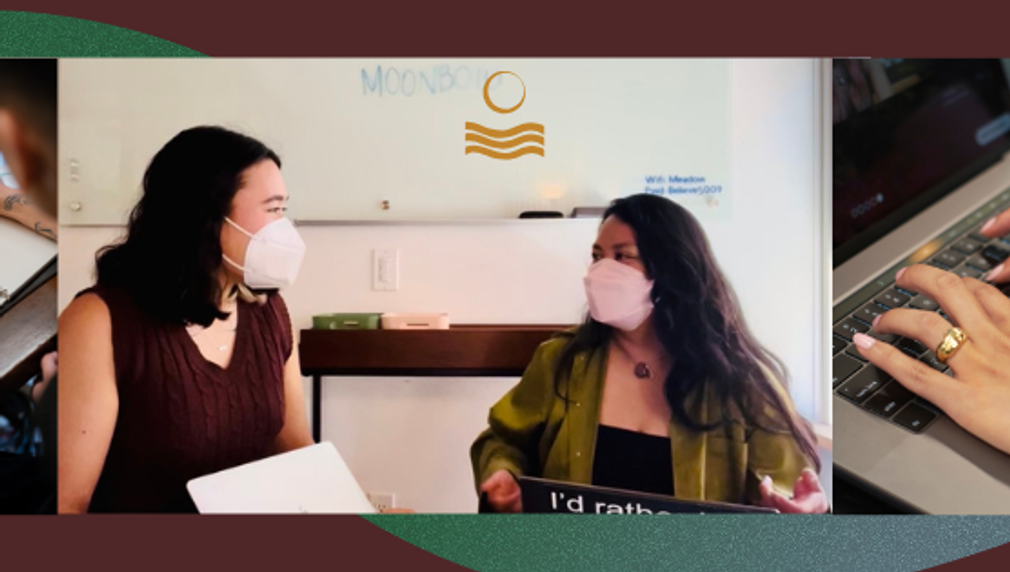Queer and Trans Asians Building Peer Support Power
Moonbow will build out a peer support program for queer and trans Asians in Los Angeles County to create better ecosystems of mental health support that provides folks with the tools they need to care for themselves and the folks around them.

What is the primary issue area that your application will impact?
Health care access
In which areas of Los Angeles will you be directly working?
County of Los Angeles (select only if your project has a countywide benefit)
In what stage of innovation is this project, program, or initiative?
Pilot or new project, program, or initiative (testing or implementing a new idea)
What is your understanding of the issue that you are seeking to address?
Queer and trans Asian (QTA) communities face decreased self-worth and self-confidence, and increased feelings of disconnection from community. We experience higher tendencies towards depression, anxiety, and thoughts of suicide. In 2025 Moonbow published the results of our community mental health survey that analyzed the experiences of over 200 QTAPIs in Southern California. We found that a third of our community’s mental health needs were unmet and 57% of respondents lacked a support network. Traditional mental health services aren’t created or informed by our needs. Our peer support program would directly address the gap in support networks by building the skills of QTAs to support each other. Our mental health work seeks to disrupt these issues through our programming, ensuring a higher quality of life within our community. Our work is especially critical during this time in which queer and trans communities face ongoing attacks toward our ability to thrive.
Describe the project, program, or initiative this grant will support to address the issue.
In our analysis of mental health support for QTAs, we realized a need for non-carceral, community-centered alternatives. We aim to develop and implement peer support programming informed by other community-based models that can be replicated and expanded.
We envision a paid training series that is trauma-informed, anti-carceral, and values-aligned to connect our pilot cohort with community partners who are experts in peer support. At our monthly peer support sessions, the cohort will learn skills such as non-violent communication, active listening, how to offer various forms of care and emotional support in crisis and non-crisis situations, and setting boundaries to mitigate burnout. The cohort will take their new care skills and implement them in their various networks and ecosystems. We will provide additional spaces for the cohort to connect with one another, deepen trust and relationships, and practice their newly sharpened skills. By offering a stipend for participants, we will build a cohort of community members who would not normally have the time or resources to gain access to these skills and knowledge. This ensures that skills taught in the program will flow back into our communities to be multiplied, thus increasing resources.
We hope to utilize the LA2050 Grant to bring more non-traditional, radical care to our community’s lives and continue our work in implementing our peer support program.
Describe how Los Angeles County will be different if your work is successful.
Los Angeles County’s QTAs will experience a shift in access to mental health services through our peer support program. Participants will have a chance to explore non-traditional ways to address their mental health needs. Additionally, adjacent communities will have an active model for what successful peer support looks like. Our aim is for the program to be integrated as an annual offering from our organization. Consistent frequency of the program will build a pipeline of community members to maintain these practices and skills; they will be able to replicate what they learn and shift the current conditions. Long term, we will establish and strengthen an engaged base of members committed to community care that will support our sustainability. We hope to have a stronger presence and a sense of familiarity for community members. This will ensure that the program remains responsive to the needs of our community members and routinely address potential gaps in services.
Approximately how many people will be impacted by this project, program, or initiative?
Direct Impact: 20
Indirect Impact: 500